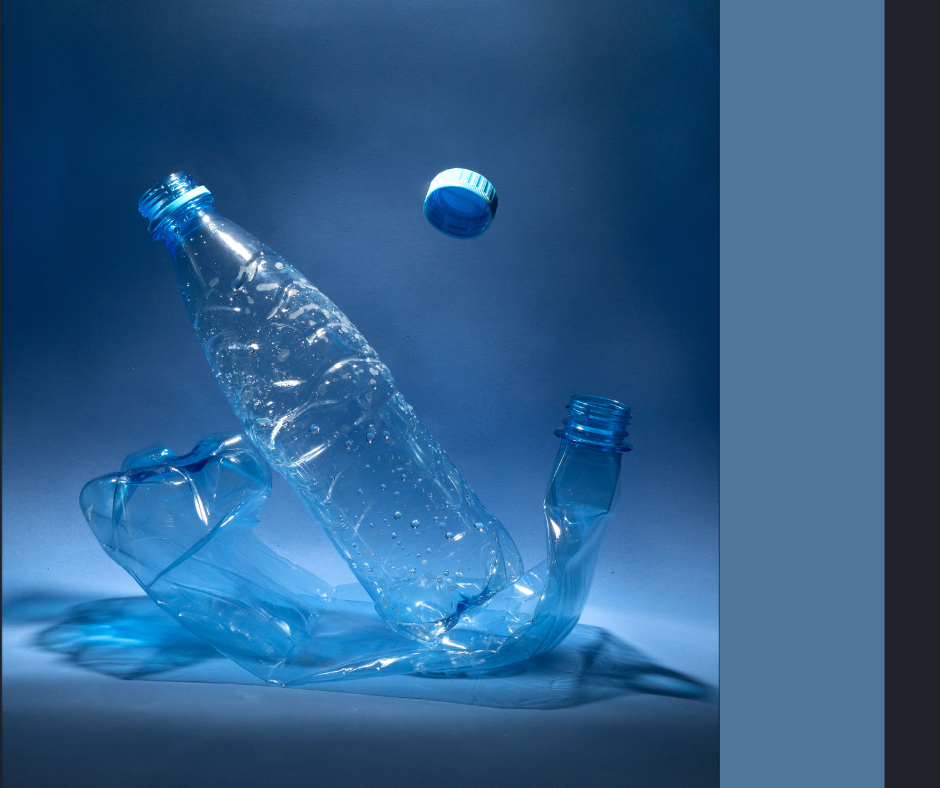
Water Storage Containers: The Best Options for Every Budget and Space
Share
When it comes to emergency preparedness, storing clean water is one of the most important steps you can take. Whether you're preparing for a short-term emergency like a power outage or long-term disruptions, having the right water storage containers can make all the difference.
In this guide, we'll cover a variety of water storage options—from free, everyday containers to large-scale storage solutions—so you can choose what works best for your situation, space, and budget.
Budget-Friendly & Free Water Storage Options
1. Washed-Out 2-Liter Soda Bottles
Pros: Free, lightweight, easy to find.
How to Use: Rinse thoroughly with hot soapy water and a bit of bleach. Rinse well. Fill with clean, potable water, leaving about 1 inch of space at the top. Label with the date and store in a cool, dark place.
Cons: Not stackable long-term, may degrade with time, must be food-grade plastic.
2. Glass Jars (Mason Jars)
Pros: Reusable, chemical-free, long-lasting.
How to Use: Sterilize jars and fill with purified water. Seal tightly. Make sure they are stored so that they cannot fall off the shelf in the event of an earthquake.
Cons: Heavy and breakable, not ideal for large quantities.
Mid-Size & Stackable Water Storage Options
3. 5-Gallon Water Jugs
Pros: Portable, durable, stackable, often come with spouts.
Best For: Short-term emergencies, car kits, or storing under beds or in closets.
Cons: Heavy when full, need multiple for family needs.
Pro tip: To carry it when it's full get a strong thick stick or dowel and slide it in the handle hole. Have two people carry it by each lifting an end of the stick.
4. Stackable Water Bricks
Pros: Modular, BPA-free, easy to carry (usually 3.5 gallons each), stack like Legos.
Best For: Small homes, apartments, or RVs.
Cons: More expensive per gallon than large barrels.
5. 7-Gallon Aqua-Tainers
Pros: Built-in spigots, rugged design, easy to move.
Best For: Camping and rotating short-term water supplies.
Cons: Bulky when storing several.
Large-Scale Water Storage
6. 55-Gallon Water Barrels
Pros: Great for long-term storage, made of food-grade plastic.
Best Practices: Use a drinking water hose to fill, treat with water preserver or unscented bleach, store off the ground in a cool, dark place.
Cons: Heavy when full (460+ lbs), hard to move, requires a siphon or hand pump to access.
7. IBC Totes (275–330 Gallons)
Pros: Huge storage capacity, often used in agriculture, some food-grade.
Best For: Rural properties or homes with yards.
Cons: Bulky, sometimes expensive, may require plumbing adaptations. Always confirm it's food-grade and hasn’t stored chemicals previously.
Tips: If you are storing these outside, be sure to purchase a black cover for it to deter the growth of algae. And if you are in an area that freezes, be sure to not fill the containers all the way full. Surrounding the containers with bales of hay will help prevent freezing and allow you to use the water in the winter if needed.
8. Large Water Tanks
Vertical Poly Water Tanks (300 - 2,500+ Gallons)
Pros: Made from UV-resistant, food-safe plastic, designed for outdoor use. Available in a range of sizes and colors (dark colors help block sunlight to prevent algae).
Use Tips: Install near your home or outbuilding, elevated if possible for gravity flow. Consider adding a spigot, pump, and filtration system.
Best For: Those with the space and budget to invest in reliable long-term storage.
Cons: Expensive and require a solid, level surface (like a concrete pad or compacted gravel). Not portable when full.
9. Underground Cisterns (500 to 10,000+ Gallons)
Pros: Excellent for long-term water storage, protected from light and temperature swings, saves surface space.
Best For: Permanent installations, especially in climates with freezing winters or limited above-ground space.
Cons: High cost and professional installation required. May need pumps and filtration to access and use water safely.
10. Rainwater Collection Barrels
Pros: Sustainable, free water source, ideal for gardening and non-potable use.
Note: May require filtration and purification before drinking.
Cons: Legality varies by state. Check local laws. More difficult in desert climates where it doesn't rain often.
Flexible & Portable Options
11. Water Bladders (50–100 Gallon Sizes)
Types: Bathtub bladders (like WaterBOB), under-bed bladders, or camping bladders.
Pros: Store large quantities in a small space during emergencies.
Best For: Temporary storage during hurricanes or water shutoffs.
Cons: Not a long-term solution. Must be filled right before a crisis.
12. Collapsible Water Containers
Pros: Take up minimal space when empty, easy to deploy.
Best For: Bug-out bags, camping, or extra storage in a pinch.
Cons: Can puncture, may not last as long as rigid containers.
---
Budget hack: You can find any of these a lot cheaper on Facebook Marketplace or in your local classified ads. I was able to pick up 4 IBC totes for $25 each. If you get them used be sure you know what condition they are in, what they had stored previously and whether you will be able to clean them well enough to store water in.
---
Tips for Storing Water Safely:
- Use Food-Grade Plastic: Look for plastics marked #1, #2, or #4.
- Keep it Cool and Dark: Heat and light can degrade plastic and encourage algae growth.
- Label & Rotate: Label containers with the date filled and rotate every 6–12 months.
- Disinfect If Needed: If using tap water, you may not need to treat it—but if uncertain, use unscented bleach (⅛ tsp per gallon) or commercial water preservatives.
Final Thoughts:
You don’t have to break the bank to build up a reliable emergency water supply. Whether you're rinsing out soda bottles or investing in a 330-gallon IBC tote, the key is to start now, store smart, and rotate regularly.
Other Articles of Interest
Emergency Water Storage and Preparation
How to Store Water in Small Spaces: Creative Solutions for Apartments and Tiny Homes
